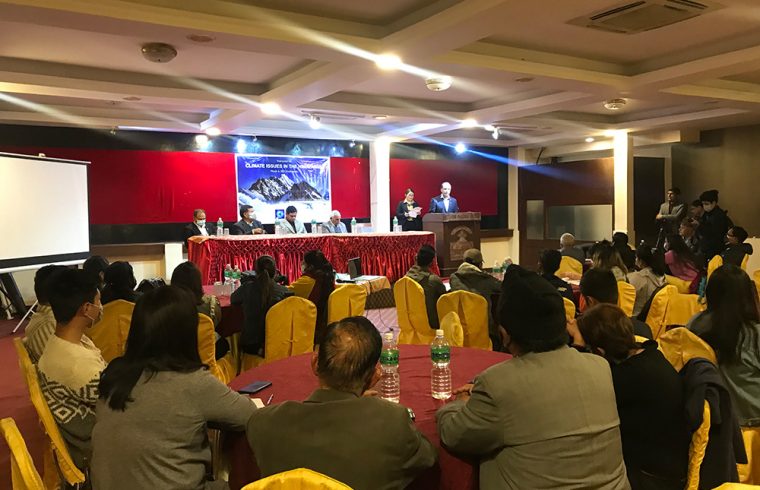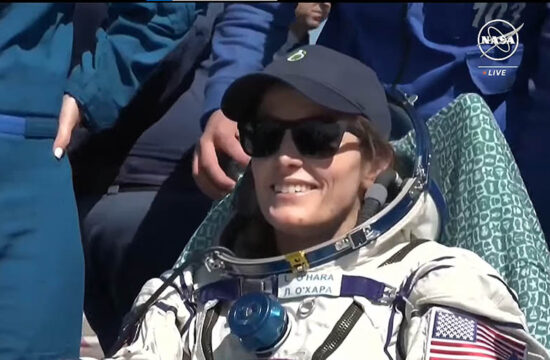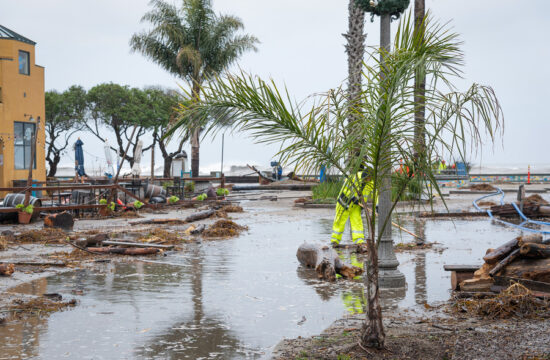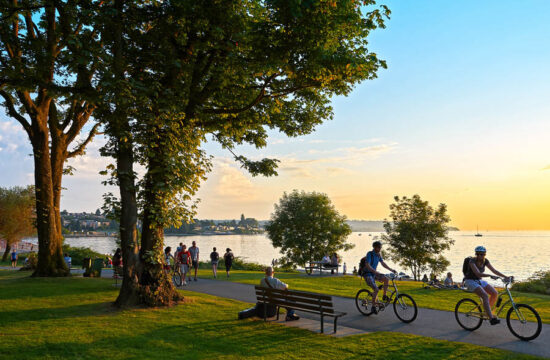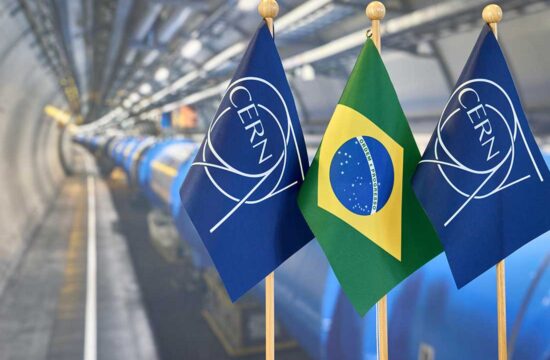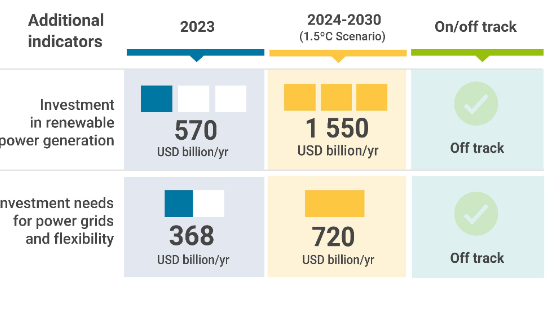Kathmandu— Experts have warned that 21 glacial lakes in Nepal are prone to eruption at any time.
At a program organized by Nepal Forum of Science Journalists (NFSJ), Dr. Rijan Bhakta Kayastha, glaciologist and head of department, the school of environmental science, Kathmandu University called for caution to save lives from this emerging phenomenon.
“An ICIMOD study shows that Nepal’s 21, Tibet’s 15 and India’s 1 glacial lakes are at high risk, and the government needs to take some urgent measures to minimize the damage”, said Dr. Kayastha. He also called for developing an early warning system to inform the downstream communities about the eruption of potential disasters.
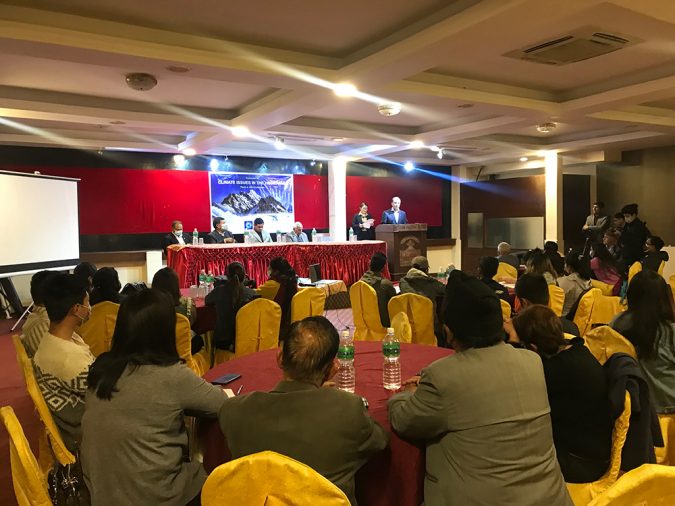
Stating that Tsho Rolpa and Imja Tsho two famous glacial lakes in the Nepal Himalayas can burst out any time as they have already reached a maturity level, he described how the phenomena of shortening glaciers and expanding the size of glacial lakes is a warning bell of the danger yet to come. “Increase in annual average temperature has triggered the pace of glacier melting and disrupted the ice formation process”, remarked Dr. Kayastha.
According to him, the temperature in Nepal has been increasing by 0.029 degree celsius every year which has threatened the biodiversity and livelihood of people including the Himalayan community.
In a study conducted by ICIMOD, Nepal had 3808 glaciers in 2010 covering an area of 4212 sq km and storing 312 sq km snow.
In 2015, ICIMOD conducted another study that showed that Nepal had 2070 glacial lakes. Increased concentration of carbon dioxide in the atmosphere resulted in a reduction of glacier area by 24 percent between 1977 and 2010, according to Dr. Kayastha who has been researching the impact of climate change on glaciers for the past 26 years.
Based on his experience, the volume of rivers has also been declining as an impact of climate change which is likely to affect hydroelectricity generation.
On the program, three other speakers gave thematic presentations. While Dr. Santosh Nepal, climate scientist presented on the impact of climate change on water resources, Dr. Ram Devi Tatchamasha, associate professor at KU presented on climate change and freshwater ecosystems. A separate presentation was made by the Joint Secretary at the Ministry of Forest and Environment Dr. Maheshwar Dhakal on climate change and humanity.
Highlighting the program objective, Chhatra Karki, Founding President of Nepal Forum of Science Journalists and team leader of the Himalayan Climate Bootcamp project said that the event aims to bridge the gap between climate researchers and science journalists and dig deeper into the pertinent climate issues emerging in the Himalayan region through thematic presentations followed by interaction.
Meanwhile, Laxman Dangol, former president of NFSJ and current advisor stressed the need to take science and culture hand in hand. “Techniques adopted by our ancestors are scientific so we need to take them forward”, opined Mr. Dangol.
The closing remark was given by former Minister of Science and Technology Ganesh Shah. Mr. Shah expressed his sincere thanks to NFSJ for organizing this event and called for all science journalists to work towards decoding the language of the researchers to normal audiences in such a way that they can understand the findings of the scientific studies in a simple language.
Among other attendees of the event were Rajan Pokharel, Vice-president NFSJ, Secretary Govinda Pokharel, project deputy team leader Kushal Pokharel.
A total of 55 participants including environment and climate science journalists, development professionals, academics, environmental science students among others gathered on the occasion.


